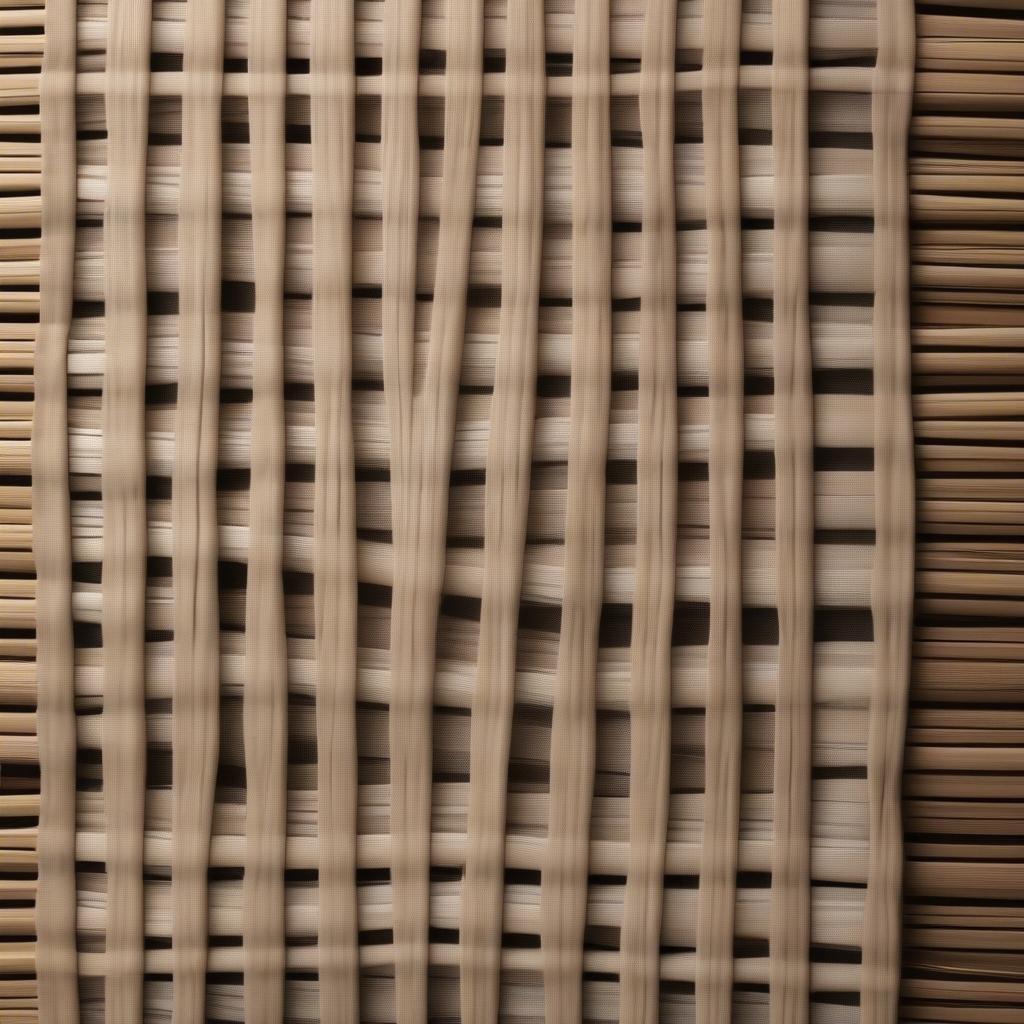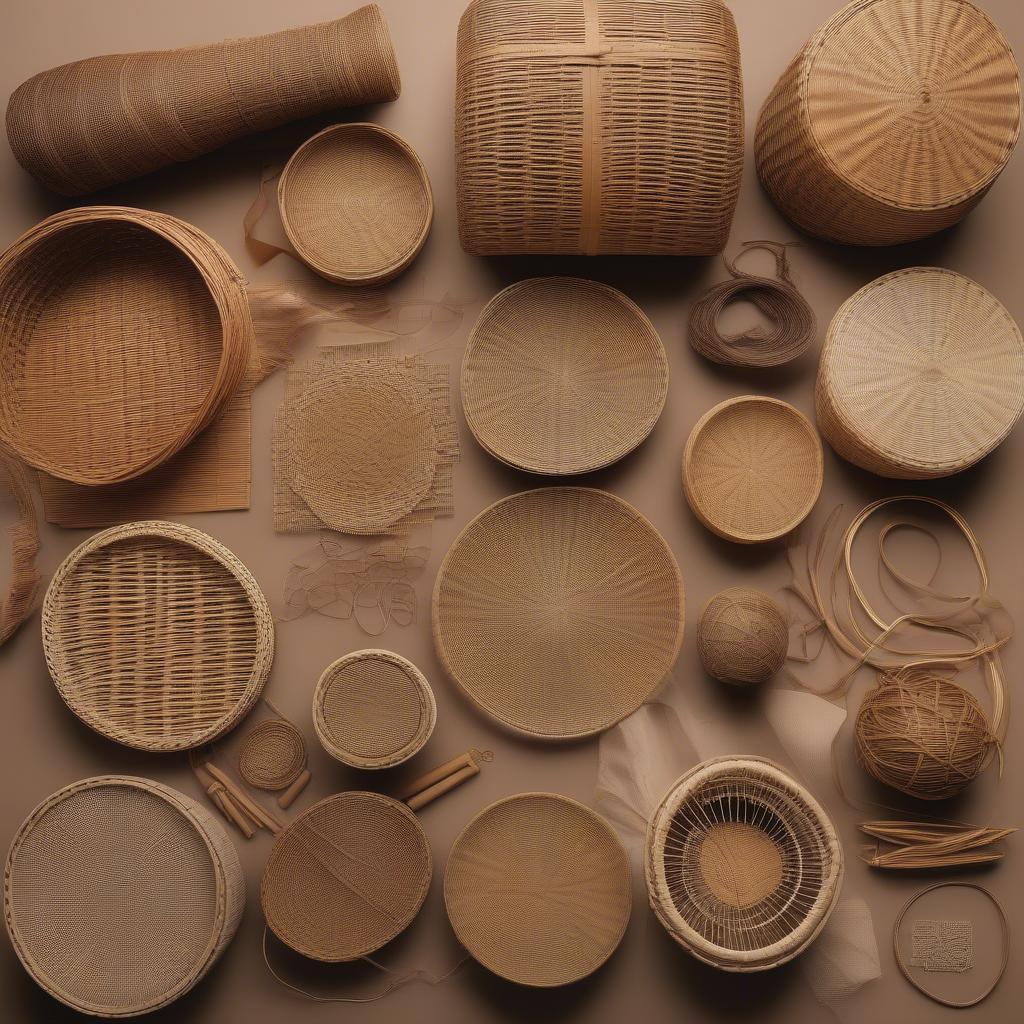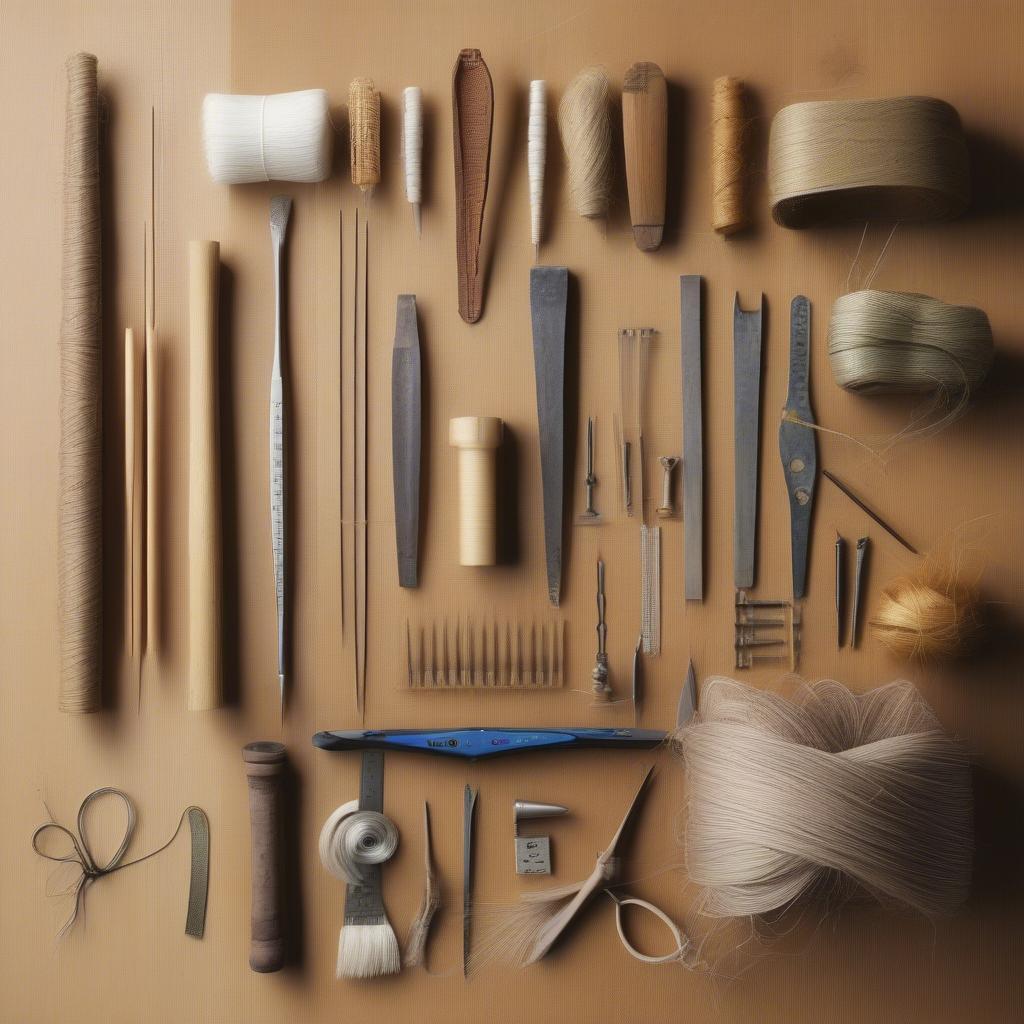Weave Chair
Chair Weaving: Exploring Split Symmetrical Patterns
Chair weaving with split symmetrical patterns offers a captivating blend of artistry and structural integrity. These intricate designs not only enhance the aesthetic appeal of a chair but also contribute to its durability and longevity. Whether you’re a seasoned weaver or a curious beginner, understanding the nuances of split symmetrical patterns opens up a world of creative possibilities in chair design.
Understanding Split Symmetry in Chair Weaving
Split symmetry, as the name suggests, involves dividing a pattern into two mirrored halves. Unlike perfect symmetry where both sides are identical, split symmetry introduces subtle variations within the mirrored sections. This creates a dynamic visual interest while maintaining a sense of balance and harmony. In chair weaving, this technique is often employed in the creation of intricate backrests and seats, adding a touch of elegance and sophistication to the overall design.
 Split Symmetrical Chair Weaving Pattern
Split Symmetrical Chair Weaving Pattern
Choosing the Right Materials for Split Symmetrical Patterns
The success of split symmetrical chair weaving lies not only in the pattern itself but also in the choice of materials. Natural fibers like wicker and rattan are popular choices due to their flexibility, strength, and aesthetic appeal. Wicker, known for its malleability, is ideal for creating intricate curves and details within the split symmetrical design. Rattan, with its inherent strength, provides a robust framework for the woven pattern, ensuring the chair’s stability and longevity.
 Wicker and Rattan for Chair Weaving
Wicker and Rattan for Chair Weaving
Weaving Techniques for Achieving Split Symmetry
Several weaving techniques can be employed to create split symmetrical patterns in chair weaving. The most common methods include:
- Twining: This technique involves twisting two or more strands of material around a structural framework, creating a tight and durable weave.
- Coiling: Coiling builds up the woven structure by spiraling a single strand of material, often around a core. This technique allows for greater flexibility in creating curved shapes and intricate designs.
- Plaiting: Plaiting involves interlacing three or more strands of material to create a flat, braided effect. This is particularly effective in creating distinctive borders or accents within a split symmetrical pattern.
Mastering the Art of Split Symmetrical Design
Creating a split symmetrical design requires careful planning and execution. Begin by sketching your desired pattern on paper, ensuring that the mirrored sections are balanced and visually appealing. Consider the scale and proportion of the pattern in relation to the chair’s overall dimensions. Once you have a clear vision, transfer the pattern to your chosen weaving material. Practice on smaller samples before tackling the actual chair to refine your technique and ensure consistency in the mirrored halves.
 Chair Weaving Tools and Materials
Chair Weaving Tools and Materials
Common Challenges and Solutions in Split Symmetrical Weaving
Even experienced weavers may encounter challenges when working with split symmetrical patterns. Maintaining consistent tension throughout the weaving process is crucial for achieving a balanced and symmetrical design. If one side is tighter than the other, it can distort the overall pattern. Regularly checking the symmetry of your work and adjusting your technique as needed will help prevent such issues. Another common challenge is maintaining the integrity of the split. Ensure that the central dividing line remains clean and defined throughout the weaving process.
FAQs
- What are the benefits of using split symmetrical patterns in chair weaving? Split symmetrical patterns enhance the visual appeal of a chair, adding a touch of elegance and sophistication.
- What materials are best suited for split symmetrical chair weaving? Natural fibers like wicker and rattan are excellent choices due to their flexibility and strength.
- What are the common weaving techniques used for split symmetrical patterns? Twining, coiling, and plaiting are frequently used.
- How do I ensure my split symmetrical pattern remains balanced? Maintain consistent tension throughout the weaving process and regularly check the symmetry of your work.
- What is the key to maintaining the integrity of the split in a symmetrical design? Ensure the central dividing line remains clean and defined.
In conclusion, chair weaving with split symmetrical patterns offers a unique opportunity to combine artistry and functionality. By understanding the principles of split symmetry, choosing appropriate materials, and mastering the necessary weaving techniques, you can create stunning and durable chairs that will be cherished for years to come. Remember, patience and practice are key to achieving mastery in this intricate craft.
If you need assistance, contact our 24/7 customer service team at Hotline: +84 388 951 999, located in Hanoi, Vietnam or Tech Avenue, Suite 12, San Francisco, CA 94105, USA.
